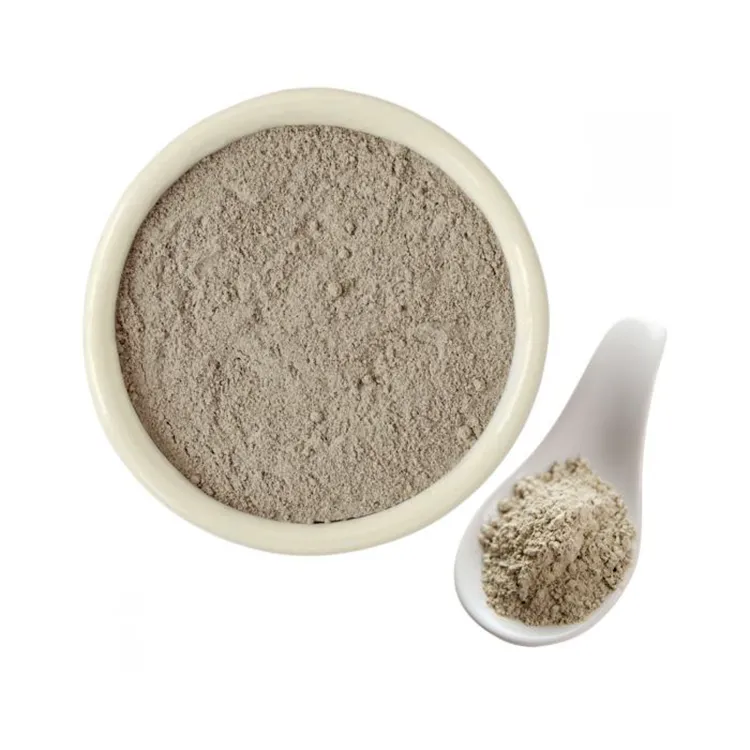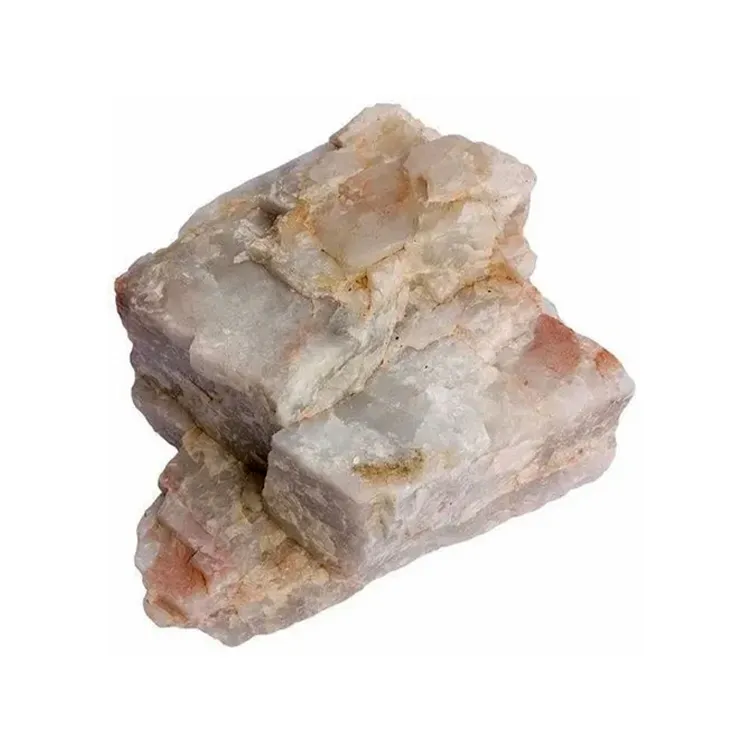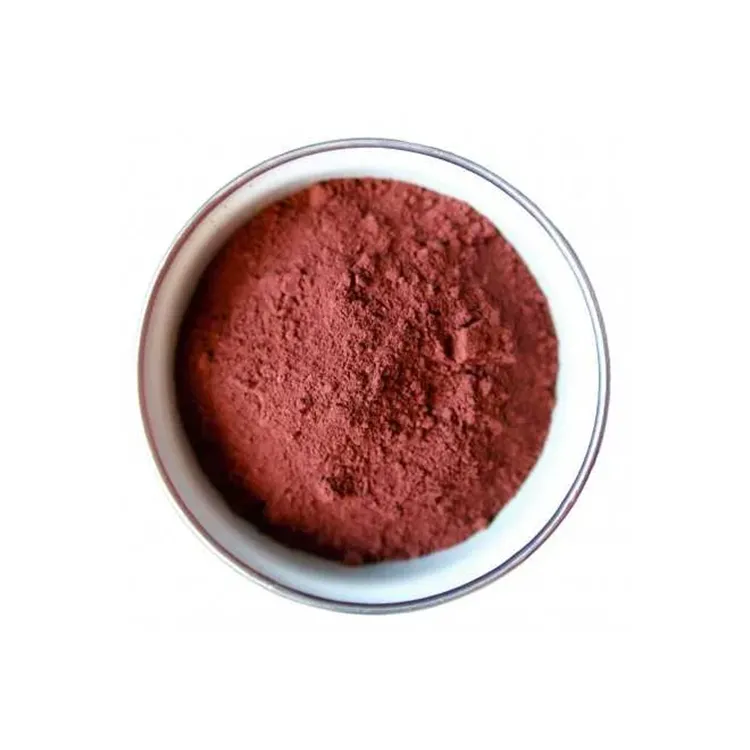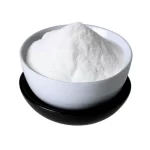
SODIUM BICARBONATE
December 6, 2023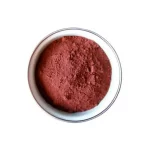
HEMATITE POWDER
December 6, 2023BENTONITE POWDER
Bentonite is an absorbent aluminum phyllosilicate clay consisting mostly of montmorillonite. Bentonite is a clay generated frequently from the alteration of volcanic ash, consisting predominantly of smectite minerals, usually montmorillonite. Bentonite deposits are normally exploited by quarrying. Extracted bentonite is distinctly solid, even with a moisture content of approximately 30%. The material is initially crushed and, if necessary, activated with the addition of soda ash (Na2CO3). Bentonite is subsequently dried (air and/or forced drying) to reach a moisture content of approximately 15%. According to the final application, bentonite is either sieved (granular form) or milled (into powder and super fine powder form). For special applications, bentonite is purified by removing the associated gangue minerals, or treated with acids to produce acid-activated bentonite (bleaching earths), or treated with organics to produce organoclays. The different types of bentonites are each named after the respective dominant element, such as potassium (K), sodium (Na), calcium (Ca), and aluminum (Al).
Bentonite is an absorbent aluminum phyllosilicate clay consisting mostly of montmorillonite. Bentonite is a clay generated frequently from the alteration of volcanic ash, consisting predominantly of smectite minerals, usually montmorillonite. Bentonite deposits are normally exploited by quarrying. Extracted bentonite is distinctly solid, even with a moisture content of approximately 30%. The material is initially crushed and, if necessary, activated with the addition of soda ash (Na2CO3). Bentonite is subsequently dried (air and/or forced drying) to reach a moisture content of approximately 15%. According to the final application, bentonite is either sieved (granular form) or milled (into powder and super fine powder form). For special applications, bentonite is purified by removing the associated gangue minerals, or treated with acids to produce acid-activated bentonite (bleaching earths), or treated with organics to produce organoclays. The different types of bentonites are each named after the respective dominant element, such as potassium (K), sodium (Na), calcium (Ca), and aluminum (Al).
The main uses of bentonite are for drilling mud, binder (e.g. foundry-sand bond, iron ore pelletizer), purifier, absorbent (e.g. pet litter), and as a groundwater barrier. Bentonite is used in drilling fluids to lubricate and cool the cutting tools, to remove cuttings, and to help prevent blowouts. Much of bentonite’s usefulness in the drilling and geotechnical engineering industry comes from its unique rheological properties. The bentonite in the flush fluid lubricates and cools the cutting tools while protecting against corrosion. As the drilling fluid generates hydrostatic pressure in the borehole, it hinders fluid and gas penetration. The drilling liquid conveys the drill cuttings to the surface. When the purge pumps have idle periods, the thixotropy of the bentonite hinders the stone material from dropping back into the drilled shaft.
There are two basic types of Bentonites, Sodium type and Calcium type:
Sodium Bentonite: Because of its high absorbency and clumping tendency, Sodium Bentonite is useful as a sealant. It is considered a safe, natural, nontoxic and inexpensive treatment for porous soils. Its swelling capacity gives Sodium Bentonite the ability to bond with soil and create and impenetrable barrier. Sodium Bentonite is also used for mud drilling, clumping cat litter, and as a bonding agent for feeds, medicines and cosmetics. Currently, Sodium Bentonite is being investigated as an absorbing agent to remove E-Coli bacteria from food.
Calcium Bentonite: Calcium Bentonite is referred to as “living clay” because of the belief found in many cultures that it is useful as a medicine. The practice of geophagy or “earth eating” is centered on the belief that some clays such as Calcium Bentonite is able to be safely ingested for the absorption and removal of toxins from the gastrointestinal tract. Geophagy is known to have been practiced by some Indigenous peoples of Australia and Africa. The modern alternative healthcare industry uses Calcium Bentonite extensively for internal and external toxin removal that is believed to be based on ion exchange. Consult your doctor if you are considering ingestion of any non-food substance.
Cat Litter:
There are many different types of cat litters available, but essentially most of them fall into three distinct categories: clay-based, silica-based, and biodegradable. Clay cat litters are the oldest type of commercial cat litter and are still widely available. Clay is used in cat litters because of its ability to absorb liquid. Traditional clay litter can absorb its weight in cat urine and, because it separates the urine effectively, has some natural odor control as well.
However, as clay litter becomes soiled and can no longer absorb liquid, odor can begin to be a problem. Various ingredients such as baking soda and charcoal may be added to the cat litter to help with odor control. The idea of a substance designed to soak up cat urine is nothing new. During the early 20th century, people used everything from ash to sand to address the problem, with varying degrees of success, but cats aren’t all that enamored with these particularly harsh substances, and both have a tendency to stick to feet and fur, which causes cleaning headaches around the home.
Foundry: Bentonite is used as a bonding material in the preparation of molding sand for the production of iron, steel and non-ferrous casting. The unique properties of bentonite yield green sand molds with good flowability, compatibility and thermal stability for the production of high-quality castings.
Pelletizing: Bentonite is used as a binding agent in the production of iron ore pellets. Through this process, iron ore fines are converted into spherical pellets, suitable as feed material in blast furnaces for pig iron production, or in the production of direct reduction iron (DRI).
Construction and Civil Engineering: Bentonite in civil engineering applications is used traditionally as a thixotropic, support and lubricant agent in diaphragm walls and foundations, in tunnelling, in horizontal directional drilling and pipe jacking. Bentonite, due to its viscosity and plasticity, also is used in Portland cement and mortars.
Environmental Markets: Bentonite’s adsorption/absorption properties are very useful for wastewater purification. Common environmental directives recommend low permeability soils, which naturally should obtain bentonite, as a sealing material in the construction and rehabilitation of landfills to ensure the protection of groundwater from the pollutants. Bentonite is the active protective layer of geosynthetic clay liners.
Drilling: Another conventional use of bentonite is as a mud constituent for oil and water well drilling. Its roles are mainly to seal the borehole walls, to remove drill cuttings and to lubricate the cutting head.
Oils/Food Markets: Bentonite is utilized in the removal of impurities in oils where its adsorptive properties are crucial in the processing of edible oils and fats (Soya/palm/canola oil). In drinks such as beer, wine and mineral water, and in products like sugar or honey, bentonite is used as a clarification agent.
Agriculture: Bentonite is used as an animal feed supplement, as a pelletizing aid in the production of animal feed pellets, as well as a flowability aid for unconsolidated feed ingredients such as soy meal. It also is used as an ion exchanger for the improvement and conditioning of the soil. When thermally treated, it can be used as a porous ceramic carrier for various herbicides and pesticides.
Pharmaceuticals: Cosmetics and Medical Markets: Bentonite is used as filler in pharmaceuticals, and due to its absorption/adsorption functions, it allows paste formation. Such applications include industrial protective creams, calamine lotion, wet compresses, and antiirritants for eczema. In medicine, bentonite is used as an antidote in heavy metal poisoning. Personal care products such as mud packs, sunburn paint, baby and face powders, and face creams may all contain bentonite.
Detergents: Laundry detergents and liquid hand cleansers/soaps rely on the inclusion of bentonite, in order to remove the impurities in solvents and to soften the fabrics.
Paints: Dyes and Polishes: Due to its thixotropic properties, bentonite and organoclays function as a thickening and/or suspension agent in varnishes, and in water and solvent paints. Its adsorption properties are appreciated for the finishing of indigo dying cloth, and in dyes (lacquers for paints & wallpapers).
Paper: Bentonite is crucial to paper making, where it is used in pitch control, i.e. absorption of wood resins that tend to obstruct the machines and to improve the efficiency of conversion of pulp into paper as well as to improve the quality of the paper. Bentonite also offers useful de-inking properties for paper recycling. In addition, acid-activated bentonite is used as the active component in the manufacture of carbonless copy paper.
Catalyst: Chemically-modified clay catalysts find application in a diverse range of duties where acid catalysis is a key mechanism. Most particularly, they are employed in the alkylation processes to produce fuel additives. orillon, in Southern France.

